A study guide for Barbara Ehrenreich's "Nickel and Dimed: On (Not) Getting By in America"
What's it about?
A Study Guide for Barbara Ehrenreich's "Nickel and Dimed: On (Not) Getting By in America" offers you a thoughtful analysis of Ehrenreich's exploration into the struggles of low-wage workers in America. You'll gain insights into the realities of poverty and the systemic issues that perpetuate economic insecurity. The guide encourages you to reflect on class disparities and the challenges faced by those living paycheck to paycheck. Engaging questions and summaries will help deepen your understanding of the text, making it a valuable resource for discussions on social justice and economic policy.
About the Author
Gale, Cengage Learning is a prominent educational publisher specializing in research and educational resources. It provides comprehensive databases, digital archives, and eBooks, supporting academic libraries and schools. Gale's offerings emphasize accessibility, scholarly depth, and innovative learning tools, facilitating enhanced research and education across diverse disciplines.
5 Key Ideas of A study guide for Barbara Ehrenreich's "Nickel and Dimed: On (Not) Getting By in America"
The Power of Empathy in Understanding Poverty
Positioning oneself in another's shoes can significantly enhance your understanding of poverty-related challenges and inequalities.
Imagine working two jobs, still struggling to pay rent, wondering how you’ll afford groceries next week. This was Barbara's experience as she lived it, providing us a vivid lens into the everyday struggles many face.
- Enhances Compassion: When you experience someone else’s reality, you gain a genuine understanding of their struggles.
- Drives Social Awareness: Empathy opens your eyes to systematic inequalities prevailing in the society.
- Fosters Advocacy: With newfound understanding, you're encouraged to advocate for policies and practices that support underprivileged communities.
Spend a day volunteering at a local shelter or food bank to immerse yourself in the realities others face, fostering empathy and understanding.
Avoid falling into the trap of 'pity over empathy'. It's essential to seek understanding, not just feel sorry for others.
Budgeting Realities vs. Assumptions
Recognizing the true cost of living exposes the harsh realities of financial management on a low wage.
Imagine meticulously balancing a budget, only to have it thrown off by an unexpected medical bill or a car repair. This fragility is routine for many living paycheck to paycheck.
- Reveals Hidden Costs: Beyond rent and groceries lie unexpected expenses that can derail a tight budget.
- Challenges Assumptions: Many assume budgeting is simple without acknowledging systemic and unforeseen obstacles.
- Highlights Living Wage: The need for a living wage is clear—current minimum wages often do not cover basic living expenses.
Track every expense for a month to gain a realistic understanding of your financial habits and the hidden costs eroding your budget.
Don't mistake prioritizing immediate savings over sustainable financial planning; long-term thinking is crucial for stability.
The Emotional Toll of Financial Insecurity
The stress of financial instability takes a significant emotional and mental toll, often overshadowed by the struggle to make ends meet.
Picture the ceaseless anxiety that comes with deciding between buying groceries or paying the electric bill, feeling trapped in a never-ending cycle of worry.
- Impacts Mental Health: Constant financial stress can lead to anxiety, depression, and other mental health issues.
- Affects Relationships: Financial pressure often strains personal and family relationships.
- Diminishes Productivity: Worry can be all-consuming, affecting performance at work and daily life tasks.
Implement a self-care routine, including meditation or exercise, to help manage and mitigate stress impacts.
Be wary of bottling up emotions or viewing self-care as unnecessary; acknowledging stress is vital for well-being.
Deeper knowledge. Personal growth. Unlocked.
Unlock this book's key ideas and 15M+ more. Learn with quick, impactful summaries.
Read Full SummarySign up and read for free!
A study guide for Barbara Ehrenreich's "Nickel and Dimed: On (Not) Getting By in America" Summary: Common Questions
I just finished reading a study guide for Barbara Ehrenreich's "Nickel and Dimed: On (Not) Getting By in America," and it really highlighted the stark reality of working-class America. One impactful quote that resonated with me was, “The number of people who can attain a middle-class lifestyle through cheap skills and hard work is dwindling.” This sets the tone for the exploration of the struggles faced by those in low-wage jobs, and Ehrenreich's experience was both eye-opening and heartbreaking.
The study guide dives into her immersive research, where she takes on various minimum-wage jobs to understand how difficult it is to survive on such pay. What had me hooked was her vivid descriptions of the economic imbalance and the human experiences behind the statistics. The parts detailing her attempts to find affordable housing and adequate healthcare really left me scratching my head, pondering how these systemic issues persist in a society that prides itself on opportunity.
Overall, the guide emphasizes how "Nickel and Dimed" serves as a compelling critique of the American Dream. It reminded me of similar impactful works like Michelle Alexander's "The New Jim Crow" and Ehrenreich’s own “Bait and Switch,” which also reveal uncomfortable truths about societal structures. I highly recommend this study guide for anyone looking to grasp the complexities of economic hardship in America and the intricacies of socioeconomic class dynamics.
Experience Personalized Book Summaries, Today!
Discover a new way to gain knowledge, and save time.
Sign up for our 7-day trial now.
No Credit Card Needed
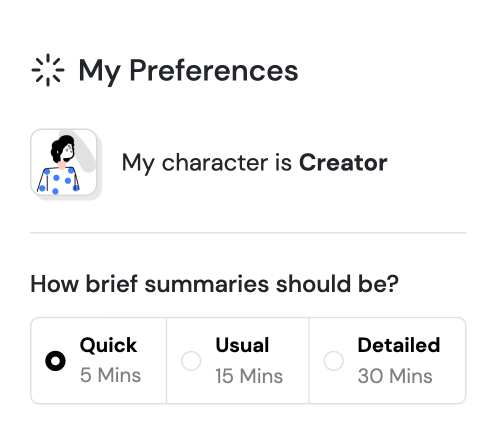
Similar Books
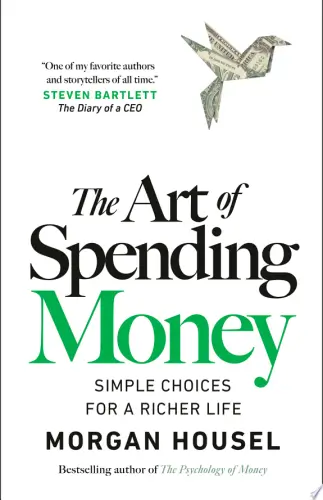
The Art of Spending Money
Morgan Housel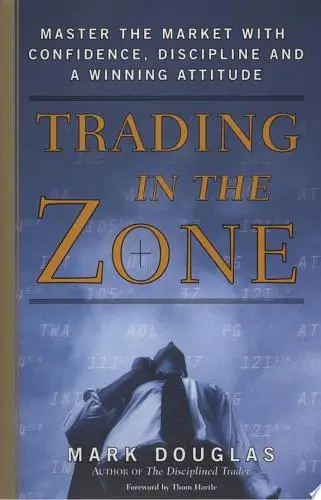
Trading in the Zone
Mark Douglas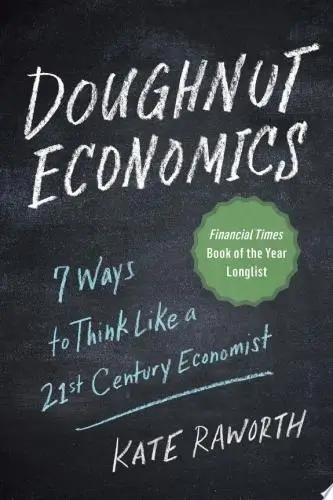
Doughnut Economics
Kate Raworth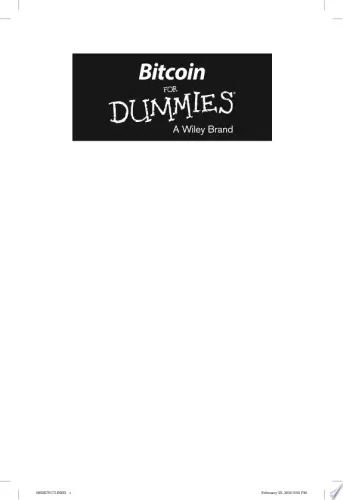
Bitcoin For Dummies
Prypto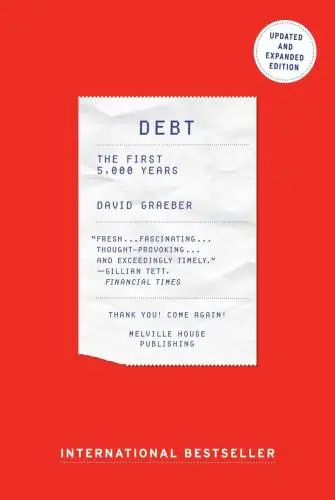
Debt
David Graeber
The Barefoot Investor
Scott Pape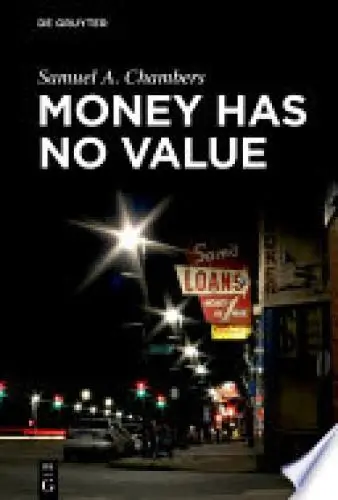
Money Has No Value
Samuel A. Chambers
Financial Peace
Dave Ramsey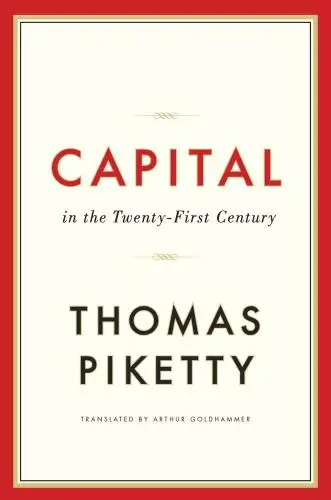
Capital in the Twenty-First Century
Thomas Piketty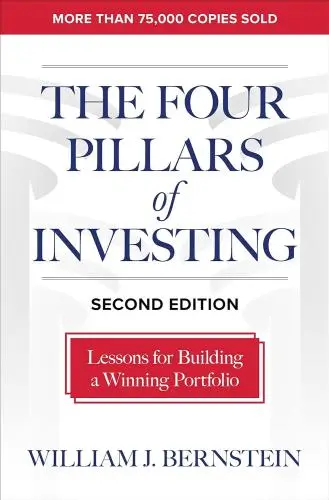
The Four Pillars of Investing
William J. BernsteinTrending Summaries

Peak
Anders Ericsson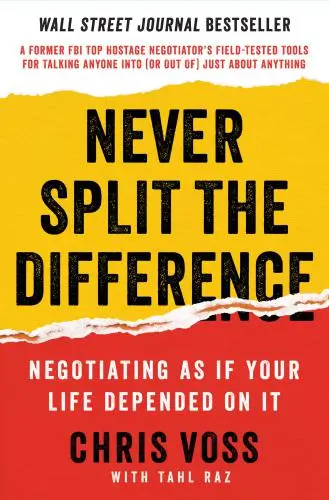
Never Split the Difference
Chris Voss
Smart Brevity
Jim VandeHei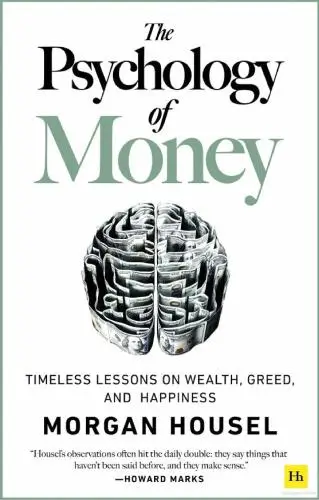
The Psychology of Money
Morgan Housel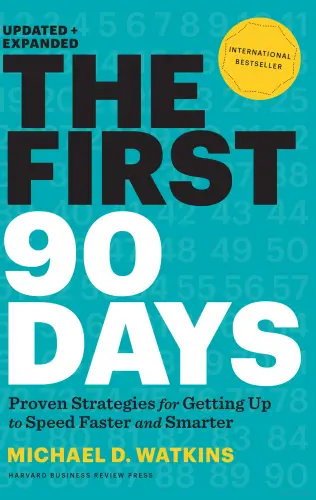
The First 90 Days
Michael D. Watkins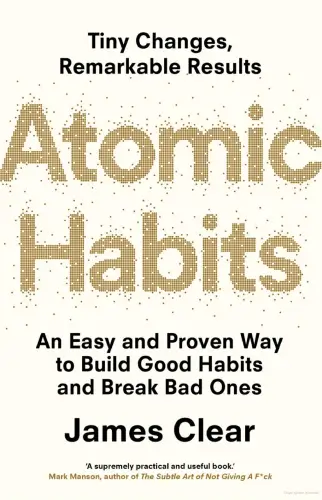
Atomic Habits
James Clear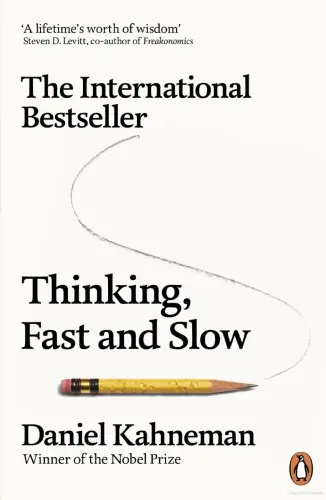
Thinking, Fast and Slow
Daniel Kahneman
The Body Keeps the Score
Bessel van der Kolk M.D.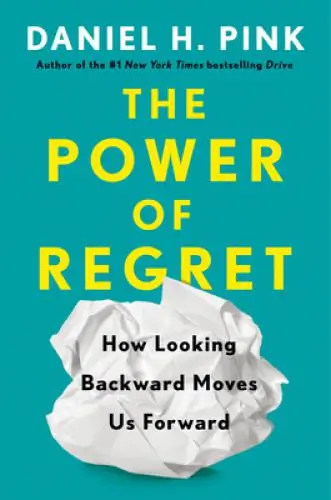
The Power of Regret
Daniel H. Pink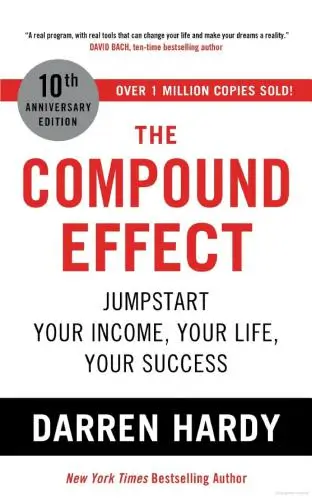
The Compound Effect
Darren HardyNew Books

The Art of Spending Money
Morgan Housel
$100M Offers
Alex Hormozi
A Candle for Kiri
Edna Mae Holm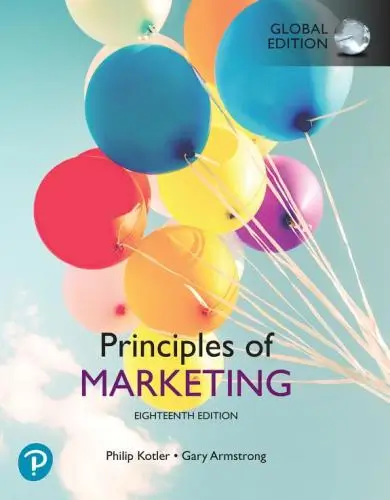
Principles of Marketing, Global Edition
Gary Armstrong
Serpent Rising: The Kundalini Compendium
Neven Paar
Feeling Is the Secret
Neville Goddard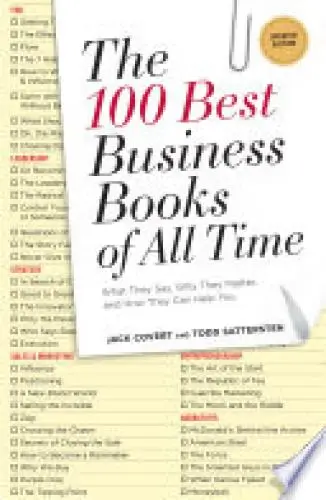
The 100 Best Business Books of All Time
Jack Covert
My Oxford Year
Julia Whelan
Trading in the Zone
Mark Douglas

